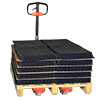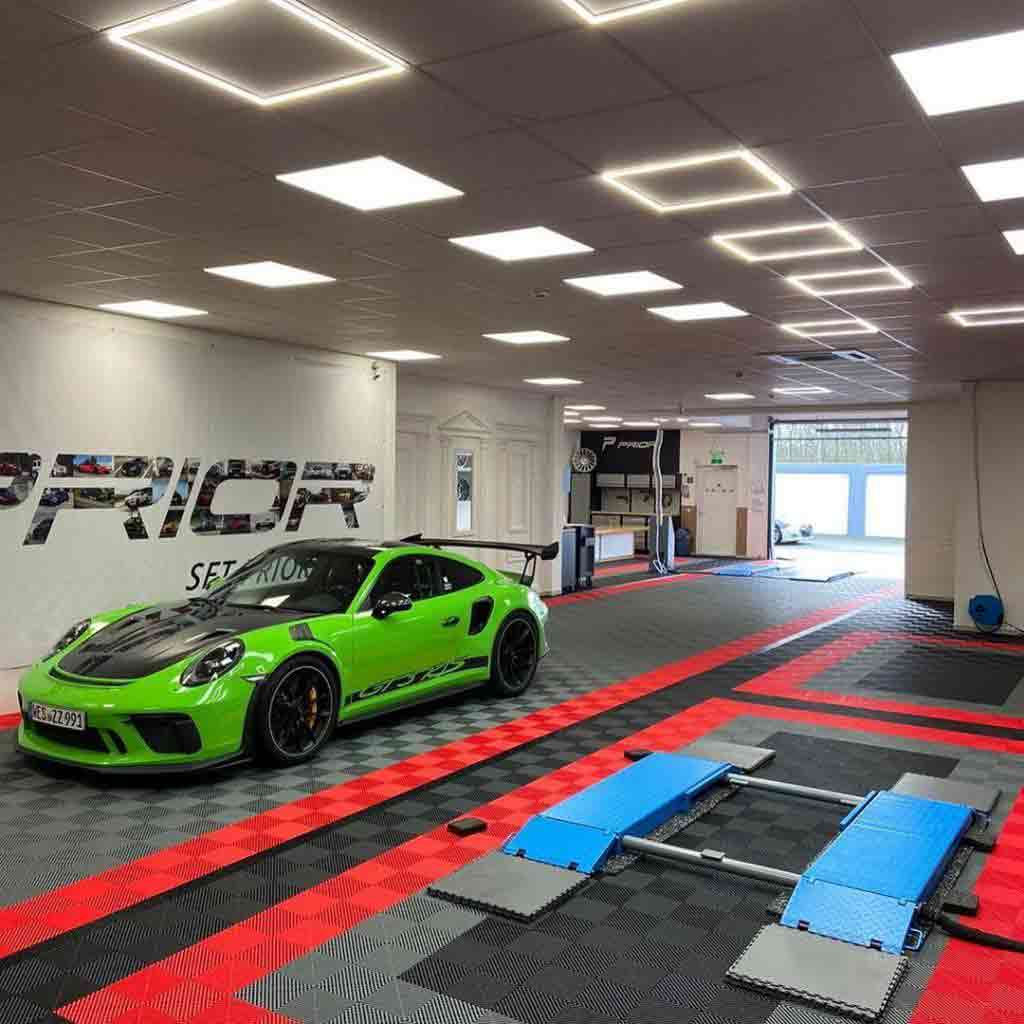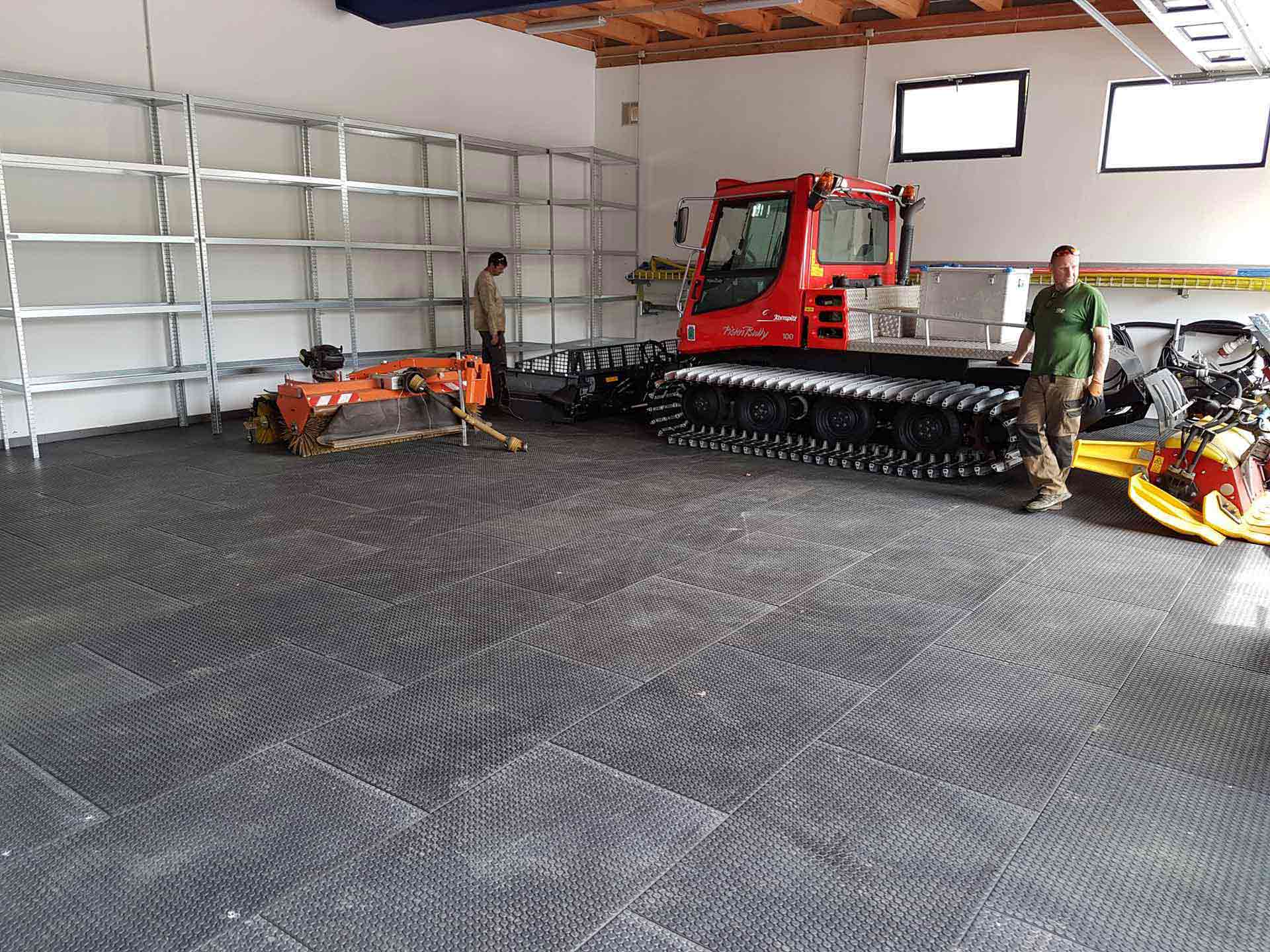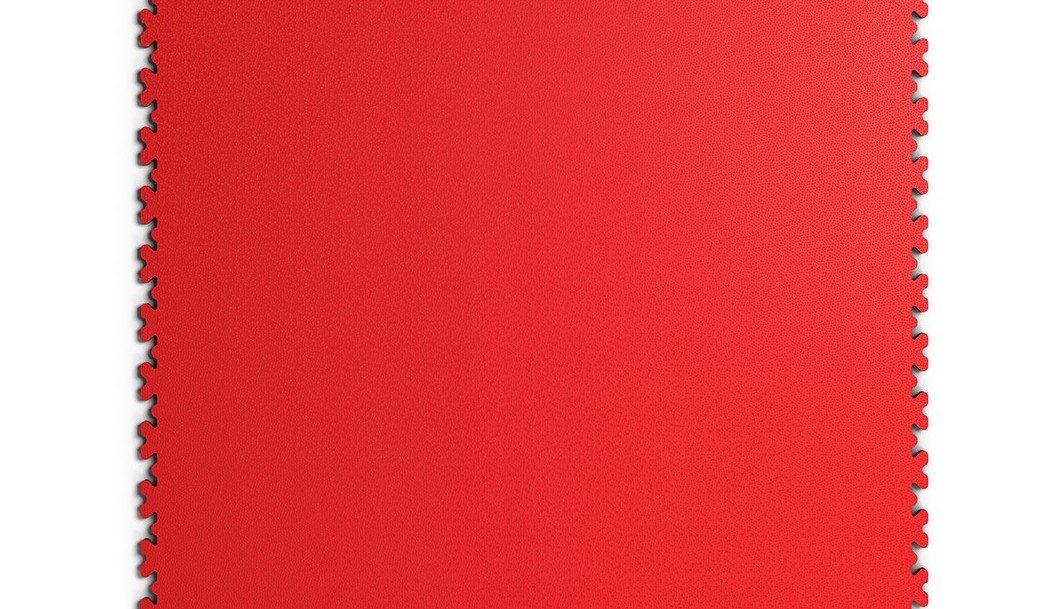Welcome to our guide on the subject of PVC tiles from Fortelock!
We would like to answer the frequently asked question, what is the difference between the solid material and ECO variants.
PVC tiles ECO are becoming more and more popular as an environmentally friendly alternative to traditional tiles made of solid material. But what are the real advantages and disadvantages of this variant? In this article, you will learn the truth about PVC tiles ECO and what factors should be considered when choosing them.
If we look at the tiles, we can see that the ECO variant, unlike the solid variant, has a rougher surface, which is characterized by color inclusions. The Premium variant, on the other hand, has a smooth and uniform surface without color inclusions.
Another difference is that the ECO variant is made from recycled PVC and is therefore slightly harder and less stretchy than the solid variant. The ECO variant is also only available in dark gray or black, while the solid material variant comes in a variety of colors.
The main difference between the two is that the solid PVC tiles have a slightly higher mechanical wear resistance than the ECO recycled tiles. This means that they are more resistant to wear and damage, and therefore may be a better choice in high traffic areas, such as industrial workshops.
Another difference between the two options is that ECO recycled tiles tend to expand faster than solid tiles.
This means that at high temperatures or high humidity, they tend to expand, which can cause problems during installation. (Allow the tiles to adjust to room temperature for 24 hours).
It is therefore important to ensure adequate room temperature and humidity when installing ECO recycled tiles to ensure optimal installation.
It is also possible to mix ECO and industrial tiles to create different colors and patterns. However, ECO tiles may have an odor of PVC after installation due to the processed PVC mixture from electric cables.
When you mix solid material with ECO PVC tiles, you will always see a color difference, the solid material is more shiny than the ECO material.
It is recommended to install these tiles only in well ventilated areas and not in basements or apartments.
In conclusion, we can say that Fortelock ECO tiles are designed with sustainability and environmental sustainability in mind. This means that they are made from recycled materials to minimize environmental impact. The tiles also contain a high quality PVC mixture of electric cables to improve their functional properties.
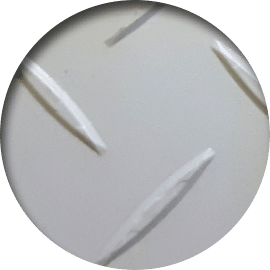
Industrie
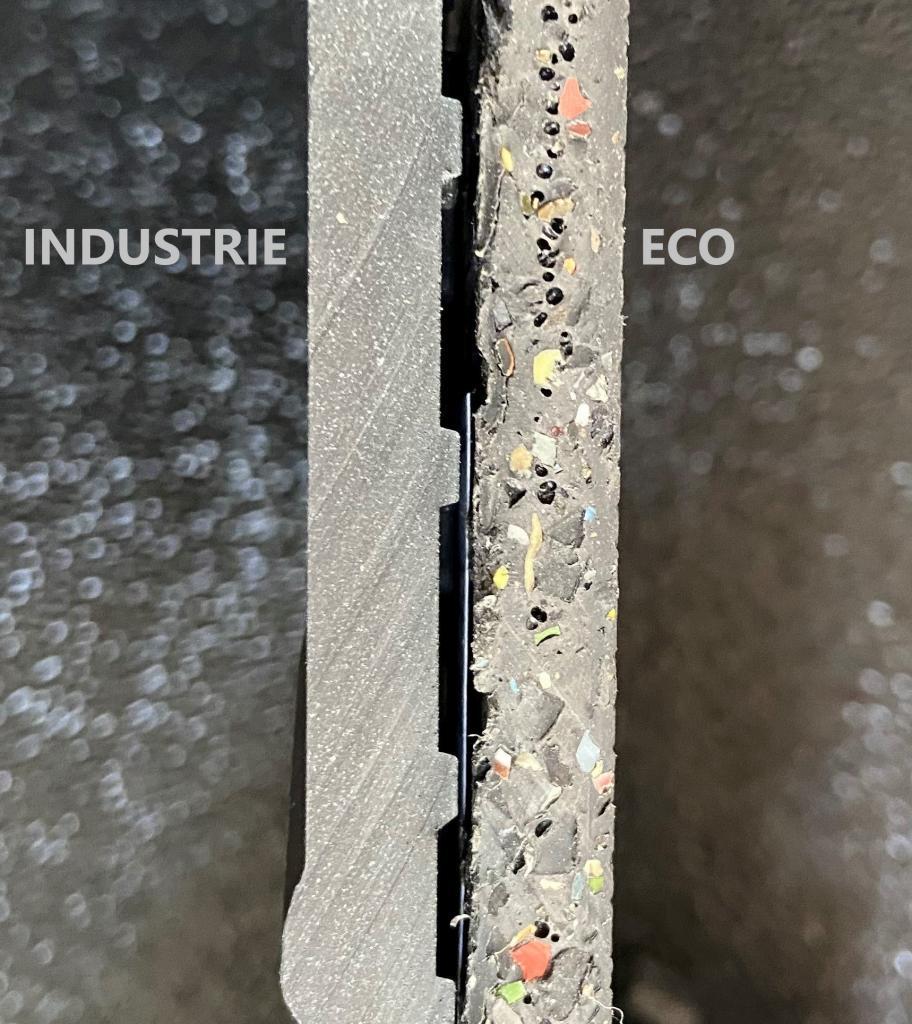
The PVC tiles ECO and Industry have different properties. Due to the processed recycling material.
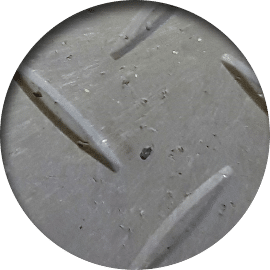
ECO
Pros and cons you should know
Advantages of ECO PVC Tiles :
Environmentally friendly: ECO PVC tiles are made from recycled PVC, reducing the need for primary raw materials and the associated environmental impact.
Durability : ECO PVC tiles are wear and damage resistant, making them ideal for high traffic areas.
Price: Tiles made of ECO PVC are usually 20-25% cheaper than tiles made of solid material.
Easy cleaning: Tiles made of ECO-PVC are easy to clean and maintain.
Mixability: It is also possible to mix ECO and industrial tiles, mix them so that the other colors are also available.
Soundproofing: Eco tiles are also a good choice for rooms where good soundproofing is required, as they can absorb and reduce noise.
Disadvantages of PVC tiles ECO:
Lower mechanical wear resistance: compared to tiles made of solid material, PVC tiles ECO have slightly lower mechanical wear resistance.
Slightly harder and less ductile: Compared to tiles made of solid material, PVC tiles ECO are slightly harder and less ductile.
Rougher surface, with color inclusions: Compared to the solid material variant, the surface of the ECO variant may be rougher and have color inclusions.
Odor of PVC: PVC tiles ECO after installation may have an odor of PVC, which is due to the processed PVC mixture of electric cables. However, this is not a problem in well-ventilated rooms.
Faster expansion: PVC tiles ECO tend to expand faster than tiles made from primary raw materials when exposed to high temperatures or humidity, which should be taken into account during installation.
Color selection: PVC tiles ECO are often available in only a few colors compared to tiles made from primary raw materials.


